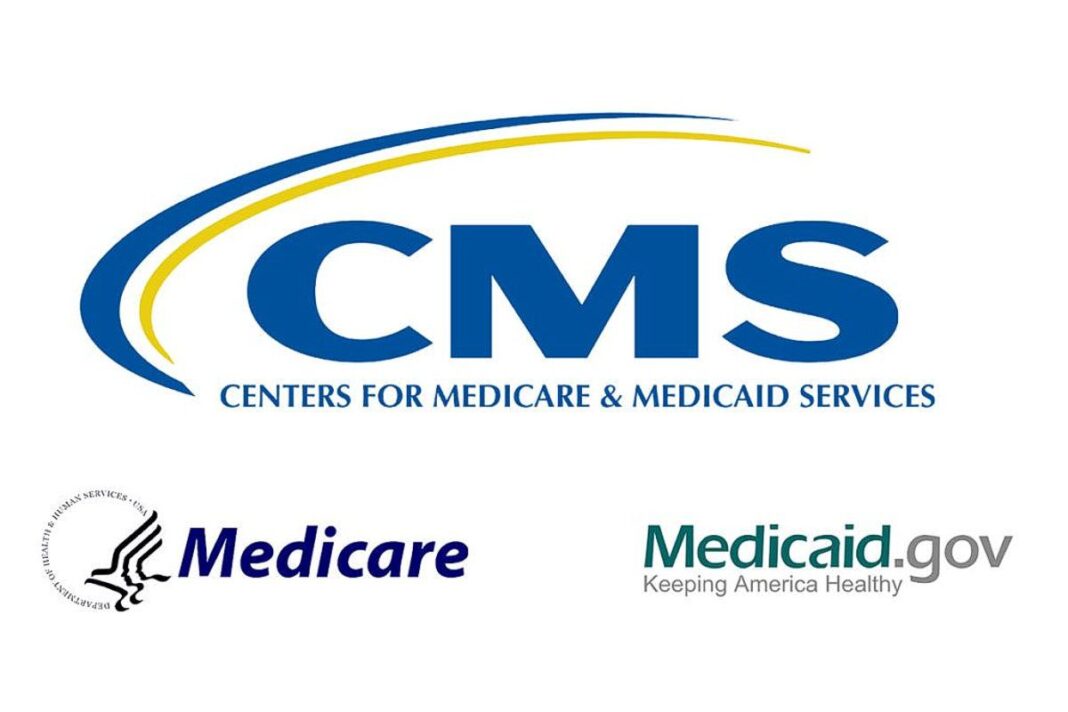The plan will save billions on wasteful spending while boosting rates for doctors and modernizing Medicare services, said HHS Secretary Robert F. Kennedy Jr.
The Trump administration has proposed changes to Medicare’s physician payment rates that could boost doctor pay by as much as 3.8 percent in 2026 while aiming to crack down on wasteful spending and expand chronic disease prevention programs.
Under the proposed Medicare Physician Fee Schedule (PFS) for calendar year 2026, the Centers for Medicare & Medicaid Services (CMS) said on July 15 that it would increase the conversion factor—a key component used to calculate physician payments—to reflect both a statutory pay bump and other technical adjustments.
CMS estimates that physicians participating in advanced alternative payment models, known as Qualifying APM Participants, would see their conversion factor rise 3.83 percent to $33.59 from the current $32.35. For other clinicians, the conversion factor would increase 3.62 percent to $33.42.
The statutory portion of the increase is 2.5 percent, as mandated by federal law, while the remainder reflects adjustments for relative value units (RVUs) and other payment policy changes, CMS said.
“Thanks to Dr. Oz’s decisive leadership, this rule modernizes CMS payment systems, eliminates perverse incentives, and harnesses better data to improve care for patients with chronic disease while protecting the future of hometown doctors,” Health and Human Services Secretary Robert F. Kennedy Jr. said in a statement, referring to CMS Administrator Dr. Mehmet Oz.
Alongside payment updates, the proposed rule aims to curb ballooning costs in areas such as skin substitute products, which saw Medicare spending surge from $256 million in 2019 to more than $10 billion in 2024.
CMS plans to reclassify skin substitutes as routine medical supplies used in a doctor’s office visit (known as incident-to supplies) rather than as high-cost biological products—a change expected to cut spending on them by nearly 90 percent.
The proposal also advances efforts to shift the Medicare system toward preventive care and wellness. CMS wants to remove 10 quality measures it says have minimal impact on health outcomes and add five new measures focused on chronic disease prevention, including diabetes screening.
By Tom Ozimek








